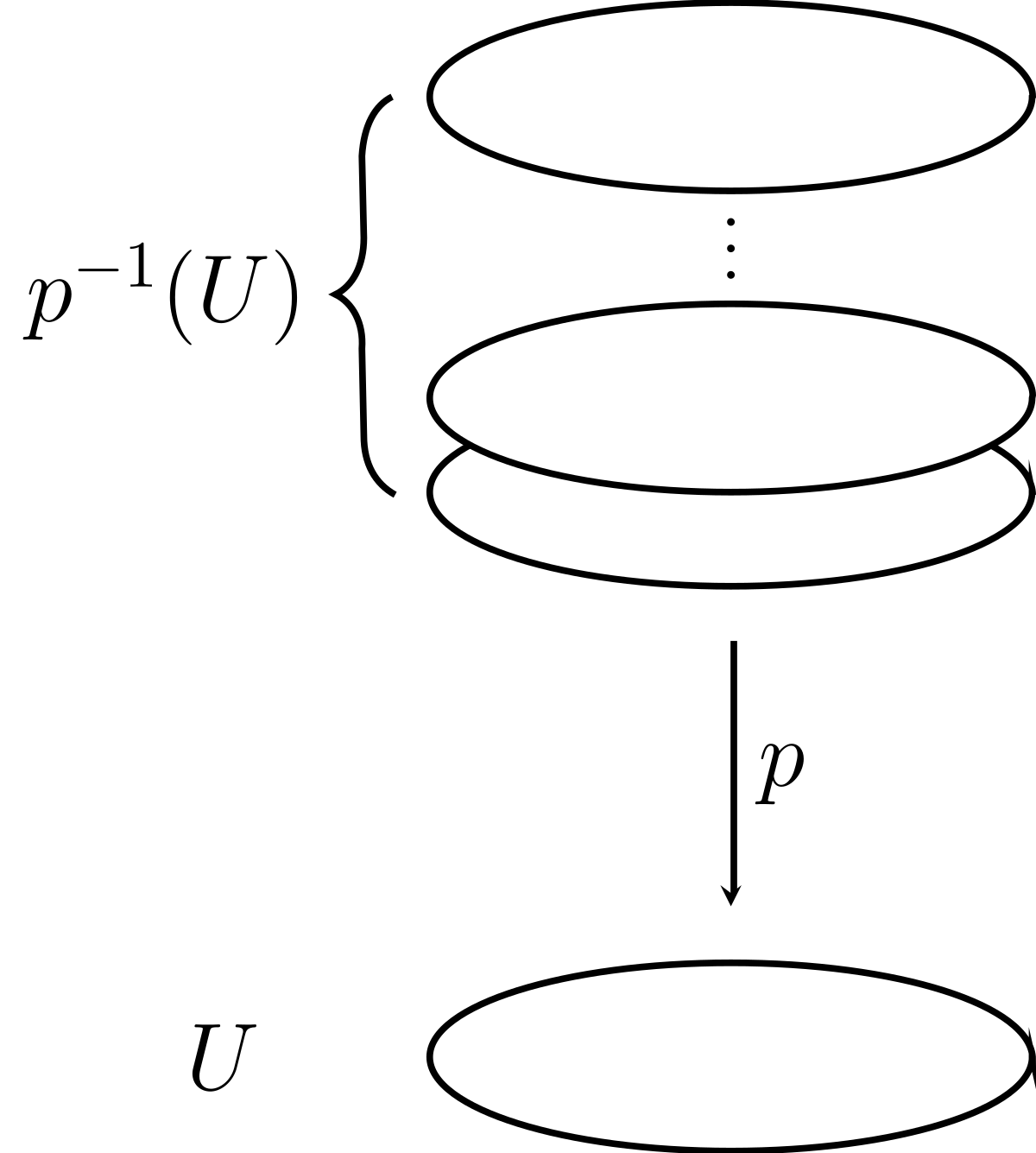- Thread starter
- #41
This is the kind of useless crap you get from Google:It works pretty well if you are trying to list the characteristics that living things possess that inanimate objects like rocks don't possess.
Type "sentient" into the search box.
First result:,dictionary.com says "able to perceive or feel things".
Second result Merriam-Webster says "capable of sending or feeling: conscious of or responsive to the senses of seeing, hearing, feeling, tasting, or smelling".
These idiots should be SHOT for posting drivel like that. My robot can perceive things, is it sentient? Webster's going to exclude sharks and bats because the electromagnetic senses aren't listed. These fuckers have NO CLUE what sentience is.

